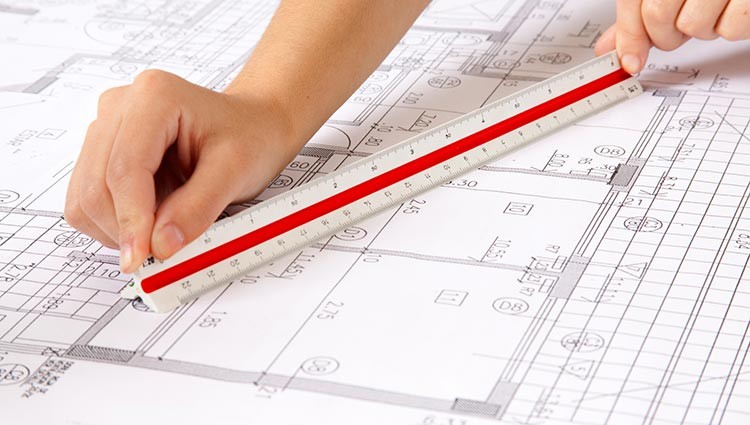As commercial buildings such as offices etc. are converted into residential dwellings sound testing then becomes are requirement under Part E of building regulations. We have carried out a large amount of sound testing in office conversions with varying success as office buildings are not usually designed with acoustics in-mind.

To reduce the chance of sound testing failure, it is imperative that flanking transmission is considered at the design stage and any construction detailing is specified to minimise any potential of noise flanking which will downgrade the acoustic performance. Good detailing at the design stage will minimise this effect and optimise the overall levels of acoustic privacy achieved. If designing for residential units, design advice on flanking details must be followed to maximise the possibility of achieving the specified acoustic performance. It is imperative that the acoustic design advice is followed, otherwise the site sound insulation values may not meet the performance criteria required and subsequent expensive remedial treatment may be required.
If the onsite construction has gaps, cracks or holes it will conduct airborne sounds and can significantly reduce the sound insulation of a construction. For optimum sound insulation a construction must be airtight. Most small gaps can be sealed at the finishing stage using Gyproc jointing compounds. Small gaps or air paths around perimeter Gypframe framework can be sealed with sealant. At the base of the partition, gaps will occur which can be filled with acoustic mastic.
The most common noise flanking pathways are as follows:
a. Dividing Ceiling Partitions – Above and Through the Ceiling Space (where an adequate acoustic break has not been carried on through the ceiling void)
b. Dividing Floor Partitions – Through Floor and Floor Joist Space (if insulation has not been installed or direct fixing to joists without a drop ceiling below the partition under test)
c. Shared Structural Building Components – Floor Boards, Floor Joists, Continuous Drywall Partitions, Continuous Concrete Floors, and Cement Block Walls.
d. Through Structural Steel (structural steel beams are often a major cause of noise transmission as plasterboard is often fixed directly to the steel without sound breaks)
e. Plumbing Chases – Junctures Between the Walls & Floor Slab Above or at the Exterior Wall Juncture (this should be filed with mortar etc. to add mass to this weakened area)
f. Through Windows (if they are no double glazed or have secondary glazing as a minimum)
g. Fixtures & Outlets – Light Switches, Telephone Outlets, and Recessed Lighting Fixtures (if penetrations have been cut back to back with the opposite dwelling under test)
h. Structural Joints – Perimeter Joints at Wall & Floor, Through Wall & Ceiling Junctures (these should be filled with acoustic mastic)
i. Around the End of the Partition Through the Adjacent Wall (acoustic mastic should be used to seal this junction)
We can advise on all types of acoustic design, whether it’s accomplished during initial construction or during a refurbishment/renovation project. We also undertake UKAS accredited sound testing providing a ‘one stop’ solution for all your acoustic requirements.
If you would like more information in regards to our acoustic design services please contact us at: info@aptsoundtesting.co.uk or call Darren Direct on 07775623464.
